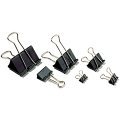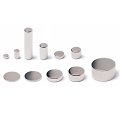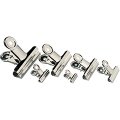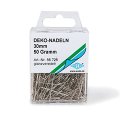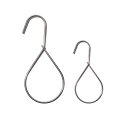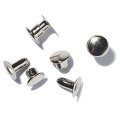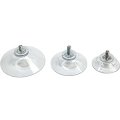Neodymium Magnets
Information about Neodymium Magnets
Neodymium and high-energy magnets are among the strongest permanent magnets in existence. It is only since such magnets could be produced at reasonable prices that they are available anywhere else except laboratories (in the beginning of the 1980´s).
The metal neodymium is one of the 15 elements of the so-called “rare earth” group among which many are capable of attaining a very strong magnetization. Neodymium magnets are made out of a neodymium iron boron alloy (NdFeB) in a complex production process. The hardened alloy is pulverized, loosely pressed into shape and finally sintered – i.e., compressed and hardened at temperatures below the melting point.
Because the material tends to become brittle and breakable as a result of the sintering process, the magnets are usually coated (mostly with a nickel alloy). The coating creates a hard resilient surface and prevents the magnets from corroding. The material can nonetheless still splinter or break if the super powerful magnets crash into one another at high speed.
As the production of the magnets has moved to China their normally high price has dropped considerably but the quality has become variable especially in regards to the protective coating. We only deal with suppliers who are capable of producing high quality at every level.
A neodymium magnet can have the same adhesive power as a ferrite magnet that is 10 to 15 times larger – a feature that allows, for example, its innovative use in the closing mechanism of the MAGNET BALLPOINT PEN. In contrast to “normal” ferrite or electro magnets, the neodymium magnets hold their magnetism for decades provided they are not continually used in temperatures beyond those recommended.
When speaking colloquially about the “power” of a magnet, we mean its adhesive power when in direct contact with a steel plate or its attractive force to iron (or another magnet) at a defined distance. This adhesive power depends on so many different factors (the material of the magnet, volume, shape, the proportions of the magnet, ambient temperature, etc.) that we must defer from an exact designation. The neodymium magnets in the shop have a denotation beginning with “N” next to the size measurements but this does not represent their adhesive power in Newtons but is rather a measurement of the quality of the magnetic material. Two pieces of information are given: the letter “N” means that the magnet can be used in temperatures up to 80 °C while the number following the N refers to the maximum energy level given in MGOe (Mega-Gauss-Oersted). The latter describes the maximum stored energy pro volume in a magnet.
In order to judge the adhesive power of a magnet it is good to know that the difference in the volume of two magnets of different sizes and magnetization usually influences the adhesive power more than the different magnetizations. The larger magnet is therefore more often than not the stronger even when the reference number for the magnetization is somewhat smaller. In addition, the composition and thickness of the material upon which the magnet is placed is an important factor in determining the adhesive power rating.
